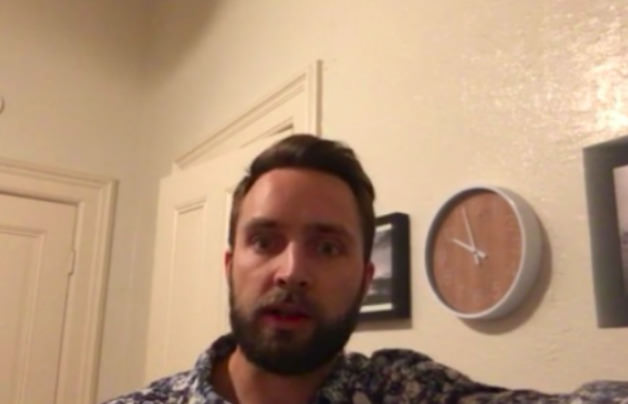At Fabric, we recently designed a study to help us understand the emerging culture of customer appreciation. Our goal was to dive below the surface, gaining insight into how customer appreciation and recognition feel emotionally to consumers. We wondered: Do customers perceive a distinction between appreciation and recognition? What are consumer expectations around appreciation and recognition, and how have they changed over time? Which brands are exceeding expectations and how are they doing it?
The results? We uncovered 5 trends that suggest a striking power shift in how customers view their role in the business-consumer relationship, illuminating tangible tips companies can act on in order to create a meaningful appreciation program, or to enhance what’s already in place.
Here’s a look at how we set things up, and what we found.
The Insight: The Rise of the Weaponized Consumer
Our study unearthed a strong undercurrent around two important concepts: Power and Validation. Although consumers don’t believe they are as powerful as any massive corporation, the most share-worthy experiences that surfaced in the study suggest just that. A perceived transfer of power is beginning to be realized, where consumers are implying they are to be treated as equals by corporations, thereby shifting consumers’ expectations from simple appreciation to deeper, more meaningful recognition.
Let’s break this down into 5 lessons:
Lesson #1: Appreciation is viewed as personal for consumers, and promises to deepen brand relationships
Consumers said it loudly and clearly: Bring on the personal touch. When they’re singled out, customers shared that it makes them feel important, which leads to loyalty. In addition, they believe appreciation fosters a virtuous circle, triggering mutual care and respect, and encourages repeating the cycle. On the other hand, unappreciation hurts: feeling unappreciated gets noticed too, and leads to insecurity, a dynamic the company is certainly not aiming for.




